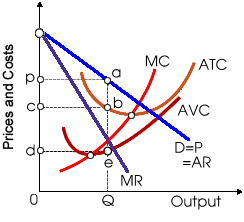When this monopoly generates Q units: (1) P > MC. (2) MR = MC. (3) total revenue total cost is maximized. (4) MSB > MSC. (5) All of the above.

I need a good answer on the topic of Economics problems. Please give me your suggestion for the same by using above options.